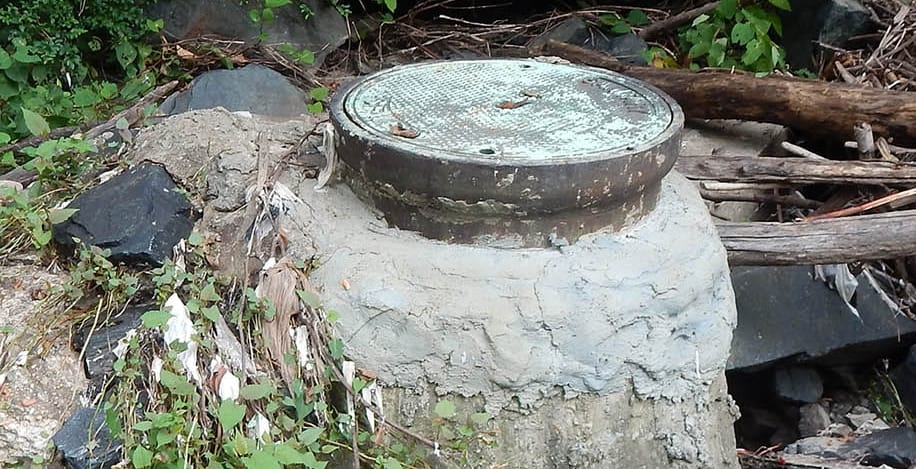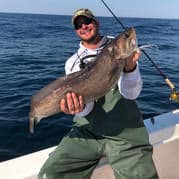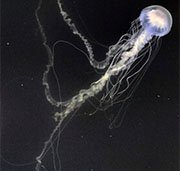Baltimore’s Waterfront Partnership has just released its new water quality report, and it finds the city is getting closer to its goal of being swimmable by 2020.
The Harbor Heartbeat report, part of the Healthy Harbor Initiative, tracks annual progress being made toward the restoration of the Baltimore Harbor. Harbor Heartbeat replaces past years’ Harbor Report Card, which consistently gave failing grades to most water-testing sites.
A reduction in sewage overflows may be one factor in the harbor’s improved fecal bacteria scores. Photo: Blue Water BaltimoreThe report’s most notable finding is that scores improved at two-thirds of the sites sampled for fecal bacteria, based on the state of Maryland’s swimming standard. Compared to the 2016 data, scores improved at 32 of the 49 sampling sites, with some being 100% better.
Blue Water Baltimore’s data shows the Jones Falls saw the biggest gains, “with seven out of thirteen sites posting scores of 80% or higher. The Gwynns Falls had only one site receive an 80% or higher. In the Baltimore Harbor, bacteria levels are higher closer to the City but improve dramatically in the mainstem of the Patapsco River and Chesapeake Bay.”
The Healthy Harbor Initiative isn’t pinning the improvement to any one cause. Blue Water Baltimore scientists determined that rainfall wasn’t significantly different than in past years’ samples, so rainfall probably doesn’t explain the change. Both Baltimore City and Baltimore County have been doing projects to improve the sewer system, and the number of reported sewer overflows dropped 20% in the last two years. But the improved bacteria scores can’t be linked to any one specific project.
Scientists believe it’s just too soon to tell if the bacteria improvement is a fluke or a lasting change.
-Meg Walburn Viviano




